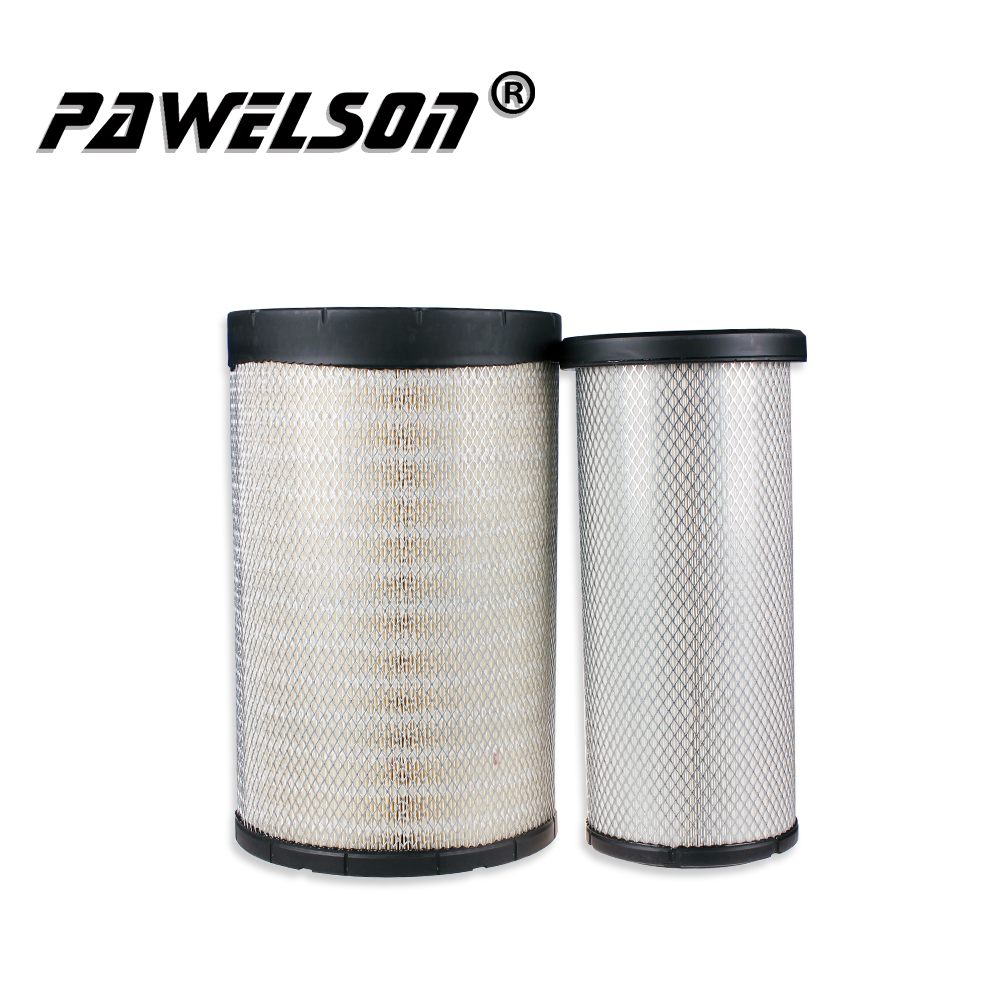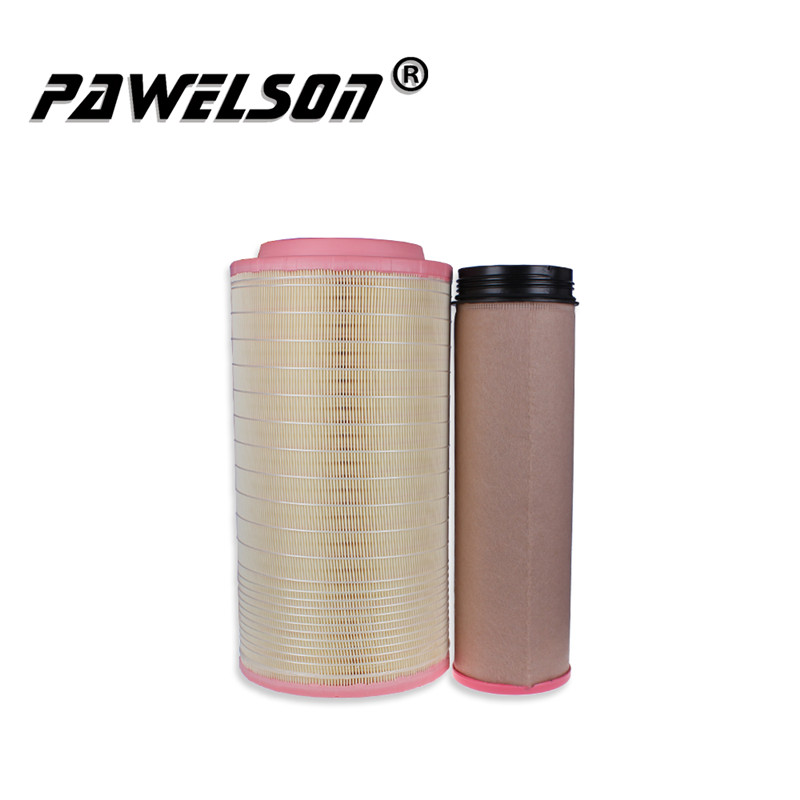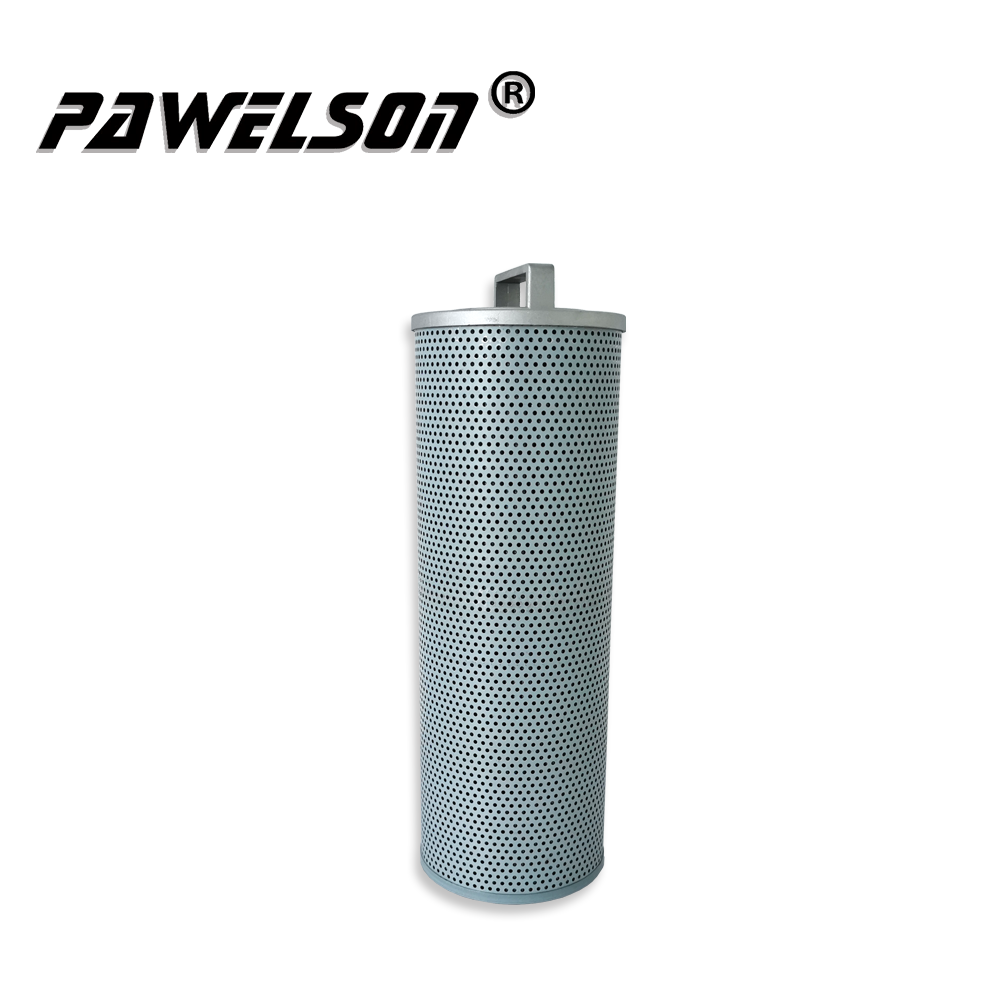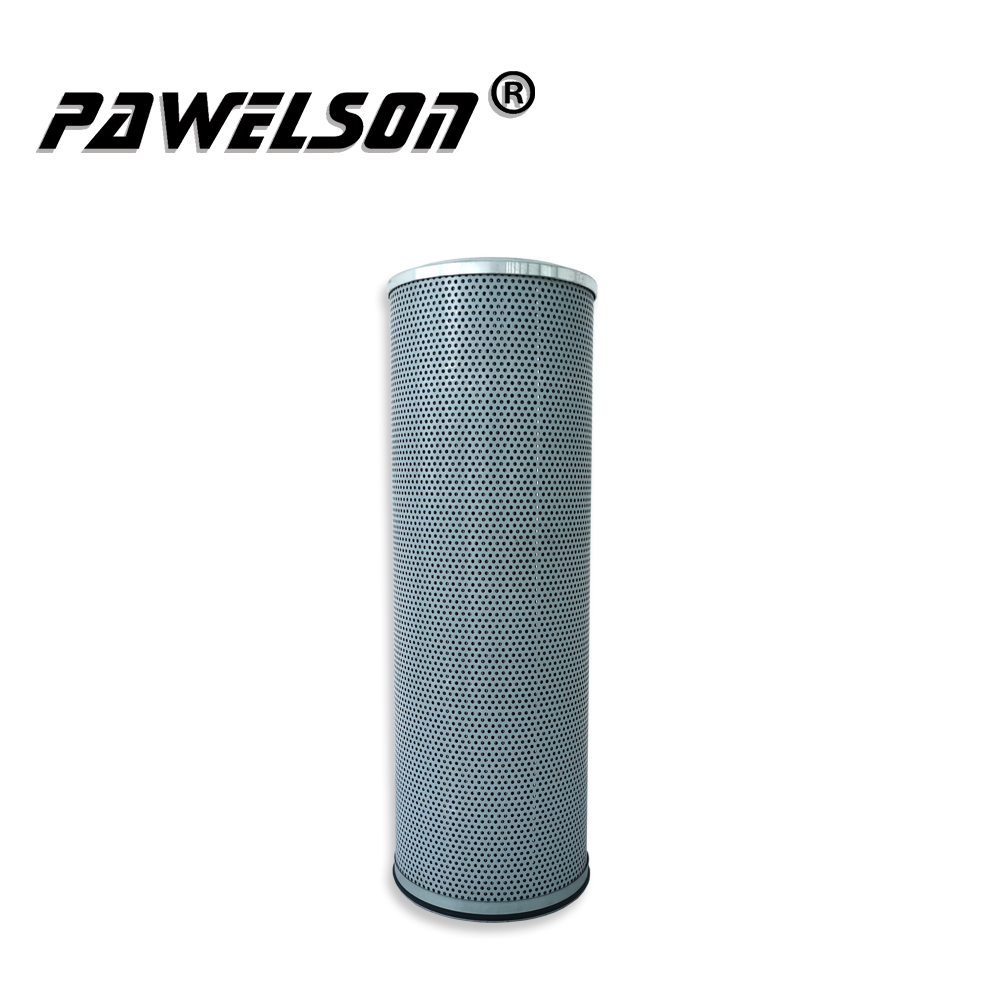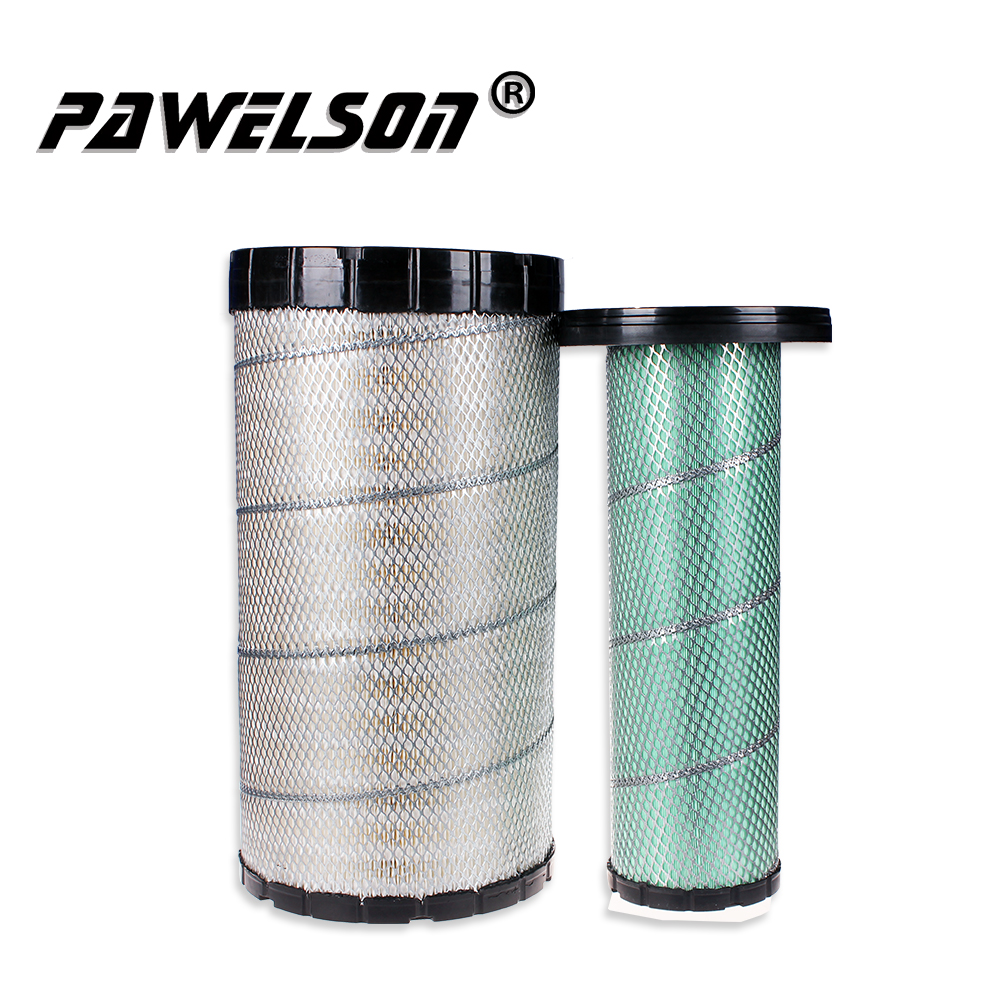Product Center
China Wholesale Agricultural Machines Hydraulic Oil Filter Factories – SY-2323 China XCMG 265/215CA excavator hydraulic oil filter element – Qiangsheng
China Wholesale Agricultural Machines Hydraulic Oil Filter Factories – SY-2323 China XCMG 265/215CA excavator hydraulic oil filter element – Qiangsheng Detail:
When purchasing hydraulic oil filter elements, you need to know these parameters
The hydraulic oil filter element is marked on the manufacturer’s product sample or nameplate with the nominal filtration accuracy, not the absolute filtration accuracy. Only the β value measured through the test can represent the filtration capacity of the filter. The hydraulic oil filter element should also meet the requirements of pressure loss (the total pressure difference of the high pressure filter is less than 0.1PMa, and the total pressure difference of the return oil filter is less than 0.05MPa) to ensure the optimization of flow and filter element life. So how do we choose the hydraulic oil filter correctly? Dalan hydraulic editor tells you that you need to consider the following five aspects.
1. Filtration accuracy of hydraulic oil filter element
First, determine the cleanliness level of the stains according to the needs of the hydraulic system, and then select the filter precision of the oil filter according to the cleanliness level according to the symbol table. The most commonly used hydraulic oil filter element in construction machinery has a nominal filtration degree of 10μm. Hydraulic oil cleanliness (ISO4406) Nominal filtration accuracy of filter element (μm) Application range 13/103 Hydraulic servo valve (with 3μm filter element) 16/135 Hydraulic proportional valve (with 5μm filter element) 18/1510 General hydraulic components ( >10MPa) (with 10μm filter element) 19/1620 general hydraulic components (<10MPa) (with 20μm filter element)
Hydraulic oil filter
Since the nominal filtration accuracy cannot truly reflect the filtration capacity of the filter element, the diameter of the largest hard spherical particle that the filter can pass under the specified test conditions is often used as its absolute filtration accuracy to directly reflect the initial filtration of the newly installed filter element. The most important criterion for evaluating the ability of hydraulic oil filter elements is the β value determined according to ISO4572-1981E (multi-pass test), that is, the oil mixed with the standard test powder is circulated through the oil filter for many times, and the oil inlet and outlet are on both sides of the oil filter. ratio of the number of particles.
2. Flow characteristics
The flow and pressure drop of the filter element passing through the oil are important parameters of the flow characteristics. The flow characteristic test should be carried out according to the ISO3968-91 standard to draw the flow-pressure drop characteristic curve. Under the rated oil supply pressure, the total pressure drop (the sum of the pressure drop of the filter housing and the pressure drop of the filter element) should generally be below 0.2MPa. Maximum flow: 400lt/min Oil viscosity test: 60to20Cst Minimum flow Turbine: 0℃ 60lt/min Maximum flow Turbine: 0℃ 400lt/min
3. Filter strength
The rupture-impact test shall be carried out in accordance with ISO 2941-83. The pressure difference that drops sharply when the filter element is damaged should be greater than the specified value.
4. Flow fatigue characteristics
Should be in accordance with ISO3724-90 standard fatigue test. Filter elements must be fatigue tested for 100,000 cycles.
5. Test for adaptability of hydraulic oil
The pressure flow withstand test should be carried out according to the ISO2943-83 standard to verify the compatibility of the filter material with the hydraulic oil.
Filtration ratio b ratio refers to the ratio of the number of particles larger than a given size in the fluid before filtration to the number of particles larger than a given size in the fluid after filtration. Nb=number of particles before filtration Na=number of particles after filtration X=particle size.
Product description
| QS NO. | SY-2323 |
| CROSS REFERENCE | EF-466-100 |
| DONALDSON | |
| FLEETGUARD | |
| ENGINE | XCMG 265/215CA |
| VEHICLE | XCMG excavator hydraulic oil filter |
| LARGEST OD | 170(MM) |
| OVERALL HEIGHT | 534/505 (MM) |
| INTRNAL DIAMETER | 110 (MM) |
Our Workshop


Packing & Delivery


Our Exhibition
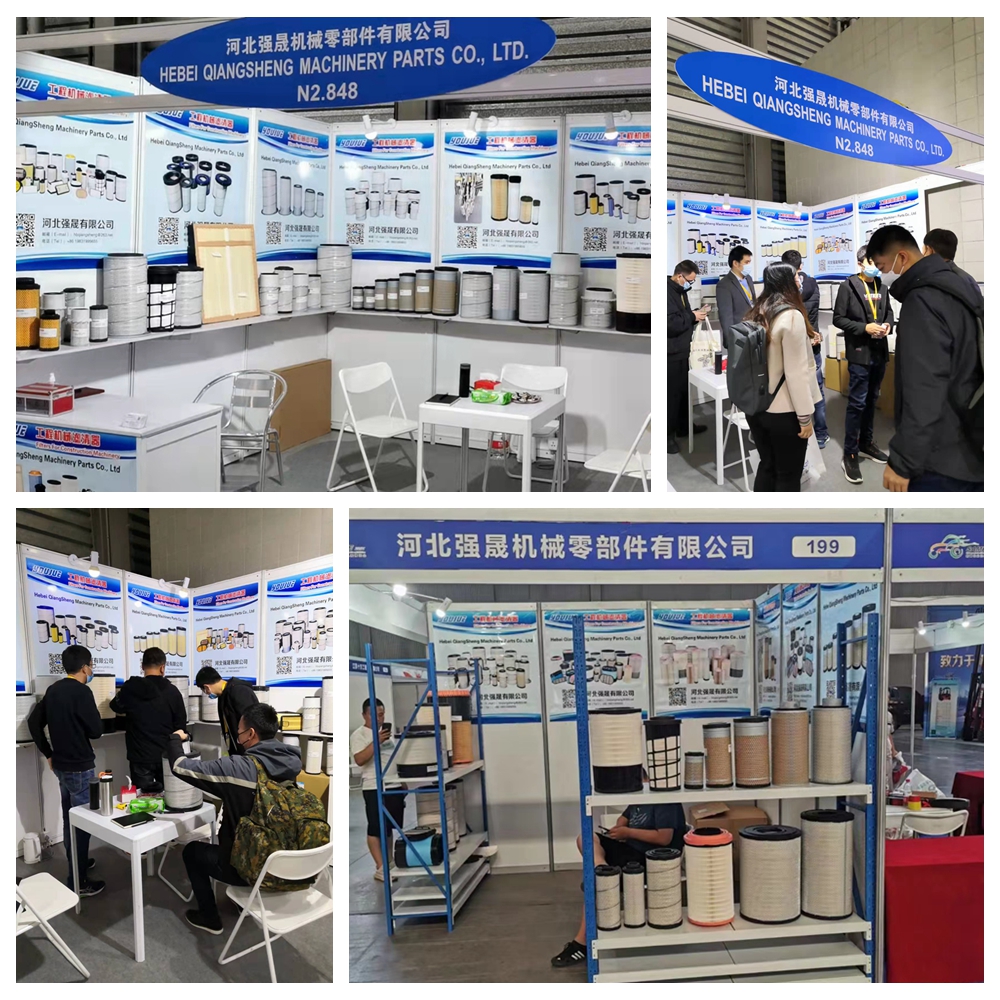
Our service

Product detail pictures:




Related Product Guide:
Dedicated to strict high-quality management and considerate shopper company, our experienced team associates are normally available to discuss your requirements and ensure full shopper gratification for China Wholesale Agricultural Machines Hydraulic Oil Filter Factories – SY-2323 China XCMG 265/215CA excavator hydraulic oil filter element – Qiangsheng , The product will supply to all over the world, such as: Munich, Armenia, Estonia, We also have the strong ability of integration to supply our best service, and plan to build the warehouse in the different countries around the world, that will probably be more conveniently to service our customers.
Customer service staff and sales man are very patience and they all good at English, product's arrival is also very timely, a good supplier.



